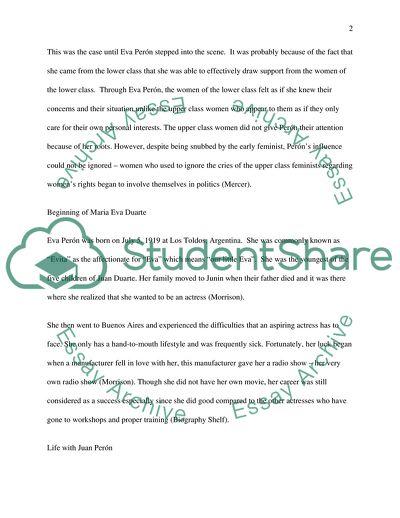Cite this document
(Eva Duarte de Peron, Evita: Feminist Movement in Argentina Essay, n.d.)
Eva Duarte de Peron, Evita: Feminist Movement in Argentina Essay. https://studentshare.org/gender-sexual-studies/1718017-biographical-essay-on-eva-duarte-de-peron-evita
Eva Duarte de Peron, Evita: Feminist Movement in Argentina Essay. https://studentshare.org/gender-sexual-studies/1718017-biographical-essay-on-eva-duarte-de-peron-evita
(Eva Duarte De Peron, Evita: Feminist Movement in Argentina Essay)
Eva Duarte De Peron, Evita: Feminist Movement in Argentina Essay. https://studentshare.org/gender-sexual-studies/1718017-biographical-essay-on-eva-duarte-de-peron-evita.
Eva Duarte De Peron, Evita: Feminist Movement in Argentina Essay. https://studentshare.org/gender-sexual-studies/1718017-biographical-essay-on-eva-duarte-de-peron-evita.
“Eva Duarte De Peron, Evita: Feminist Movement in Argentina Essay”. https://studentshare.org/gender-sexual-studies/1718017-biographical-essay-on-eva-duarte-de-peron-evita.


